Adobe Illustrator has charting functions that can be useful if you’re on a deadline. Make a quick chart, design, and publish. However, if you want to reuse the chart with new data or need to use a more complex chart type, it’s usually been better to use different software and then come back to Illustrator to adjust.
Datylon Graph is an extension that aims to make it easier to stay in Illustrator for your full workflow. It promises reusable charts, collaborative tools, and a growing visualization library.
It currently starts at €7.50 per month with a 14-day free trial. I’m skeptical about working completely in Illustrator, but I’ll have to kick the tires on this soon.

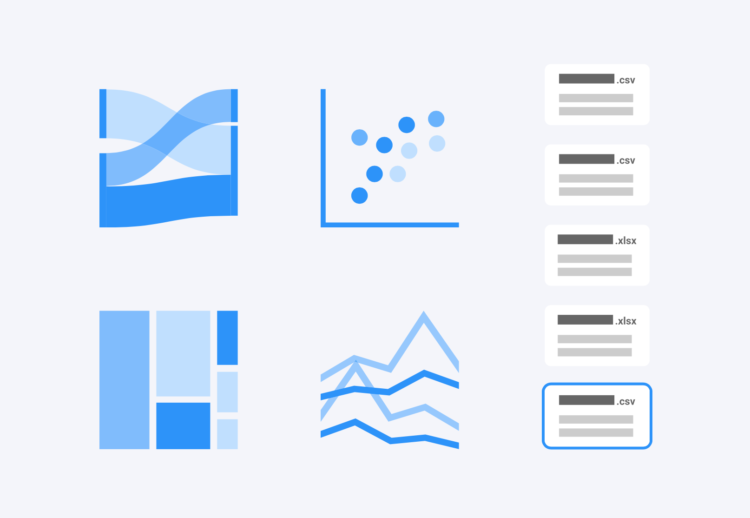
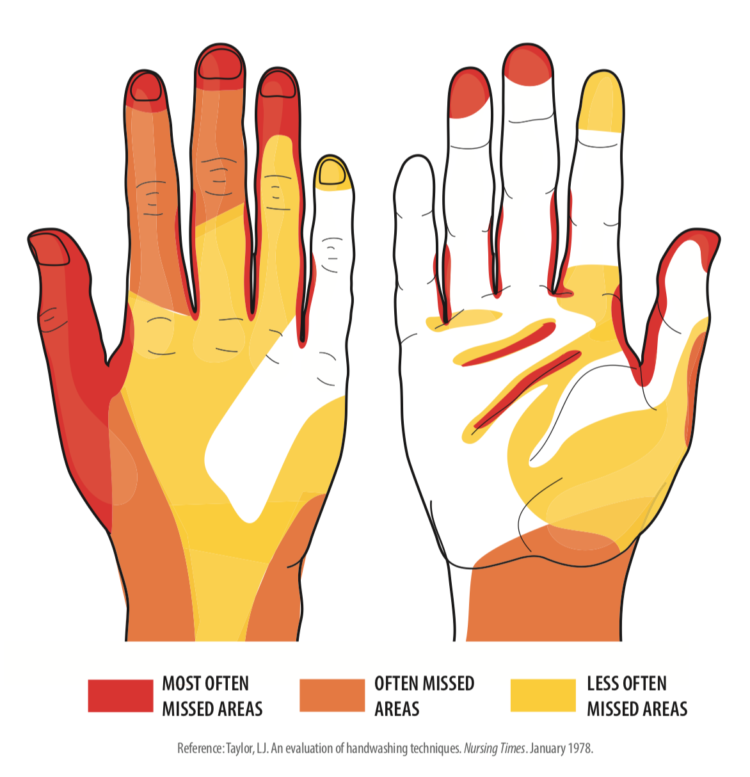


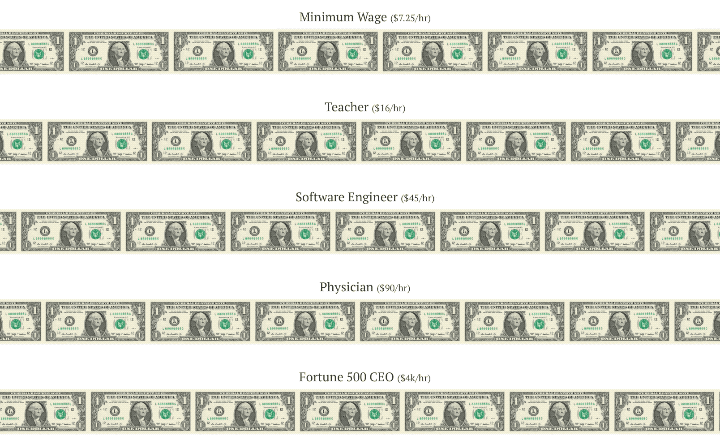
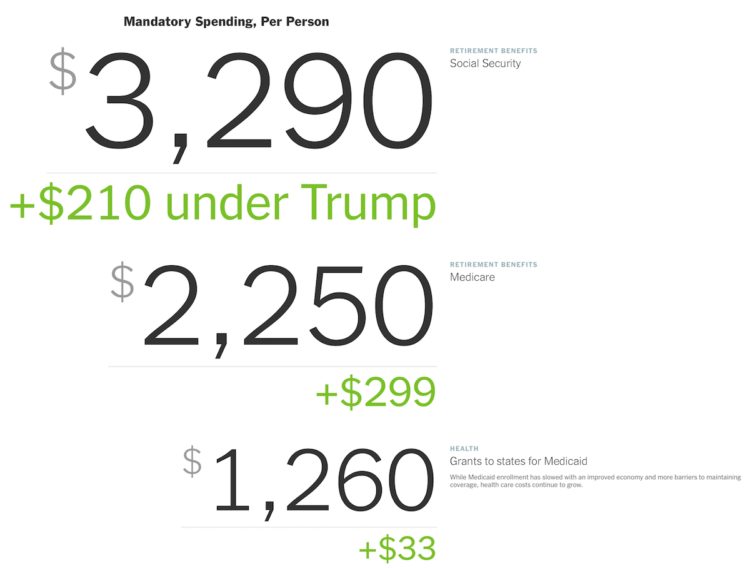
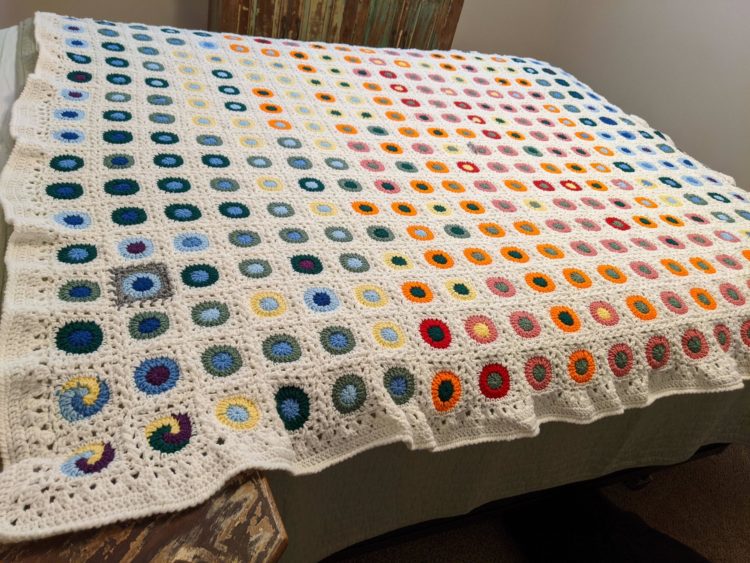


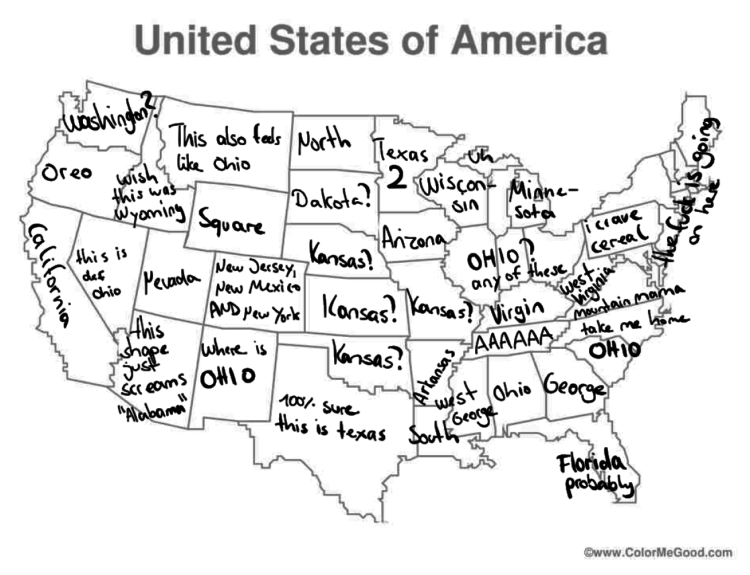
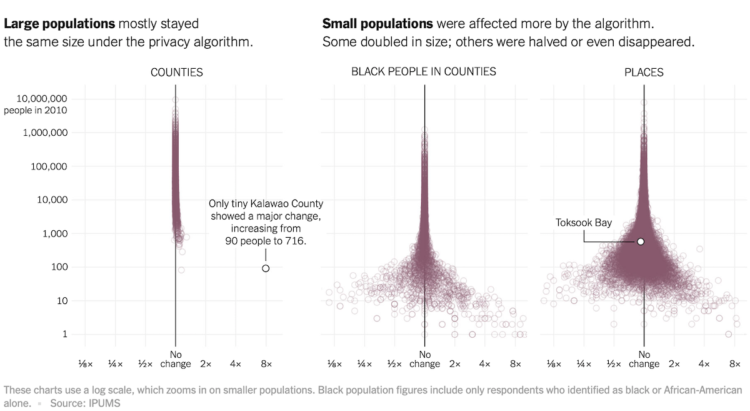




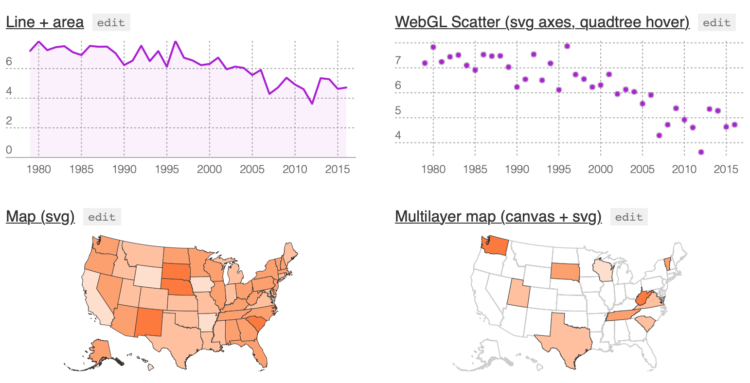

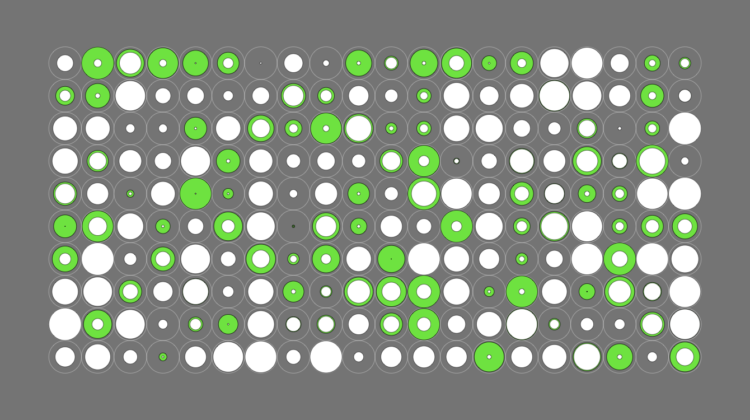











 Visualize This: The FlowingData Guide to Design, Visualization, and Statistics
Visualize This: The FlowingData Guide to Design, Visualization, and Statistics
